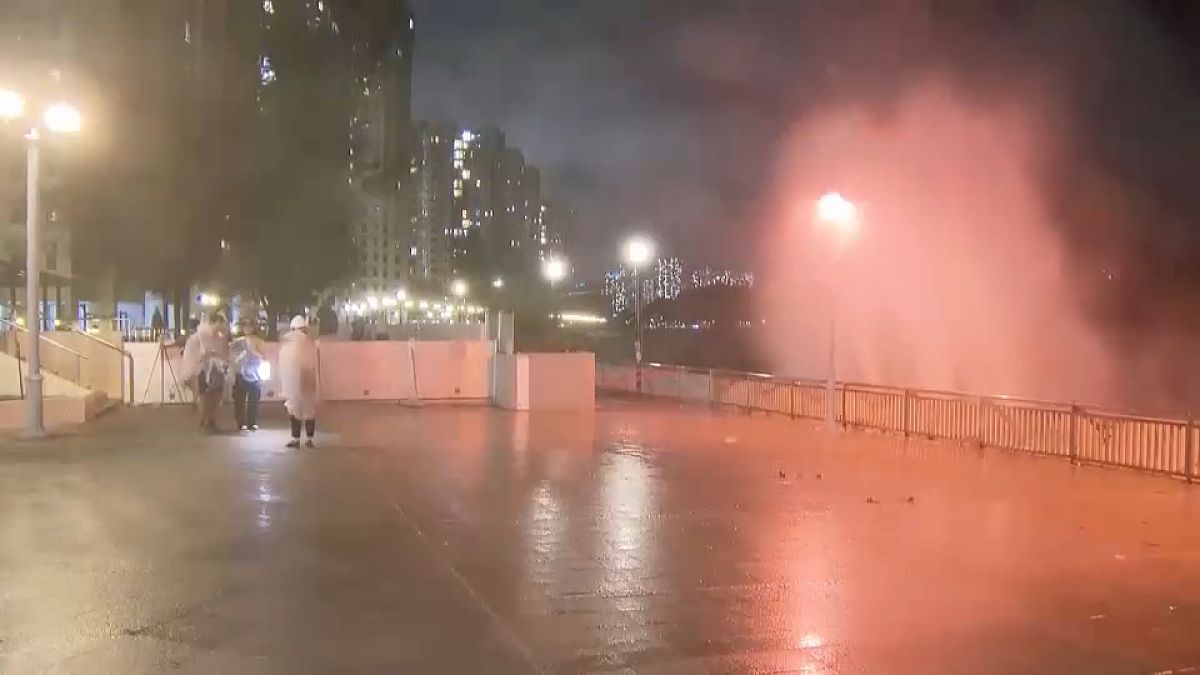The recent super typhoon Yagi caused chaos in Hong Kong as it passed within 400km of the city with winds reaching up to 245 km/h. The storm led to flight cancellations, fallen trees, school closures, and high waves, forcing authorities to maintain a high alert and disrupting transport and services. However, as the winds subsided, the airport and businesses in Hong Kong slowly returned to normal.
Hong Kong has been no stranger to typhoons, with 106 hitting China’s southern coast from 1949 to 2023. However, only nine of these were classified as super typhoons, including Yagi. Scientists have warned that warming oceans, fueled by climate change, are causing more frequent and powerful typhoons in the region. This trend is concerning as extreme weather events like super typhoons can have devastating impacts on communities and infrastructure.
It is crucial for governments and communities to be prepared for the increasing threat from super typhoons and other extreme weather events. This includes investing in resilient infrastructure, early warning systems, and disaster preparedness measures to mitigate the impacts of these storms. Climate change adaptation and mitigation measures are also essential to reduce the frequency and intensity of typhoons in the long term.
In the case of super typhoon Yagi, the response in Hong Kong highlighted the importance of early warning systems and effective communication strategies. The high alert maintained by authorities helped mitigate the impact of the storm, despite the disruptions caused. As the city begins to recover from the effects of Yagi, it is crucial to assess the lessons learned and improve response strategies for future super typhoons.
As the effects of climate change continue to be felt around the world, it is clear that urgent action is needed to reduce greenhouse gas emissions and limit global warming. The increasing frequency and intensity of super typhoons in the region serve as a stark reminder of the need for governments and communities to work together to address the root causes of climate change. By taking decisive action now, we can protect vulnerable communities and build a more sustainable future for all.











